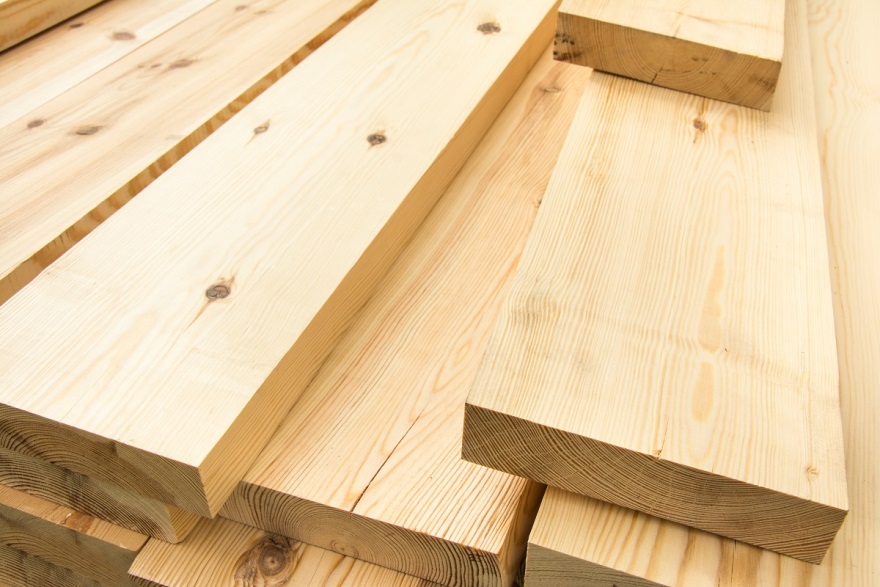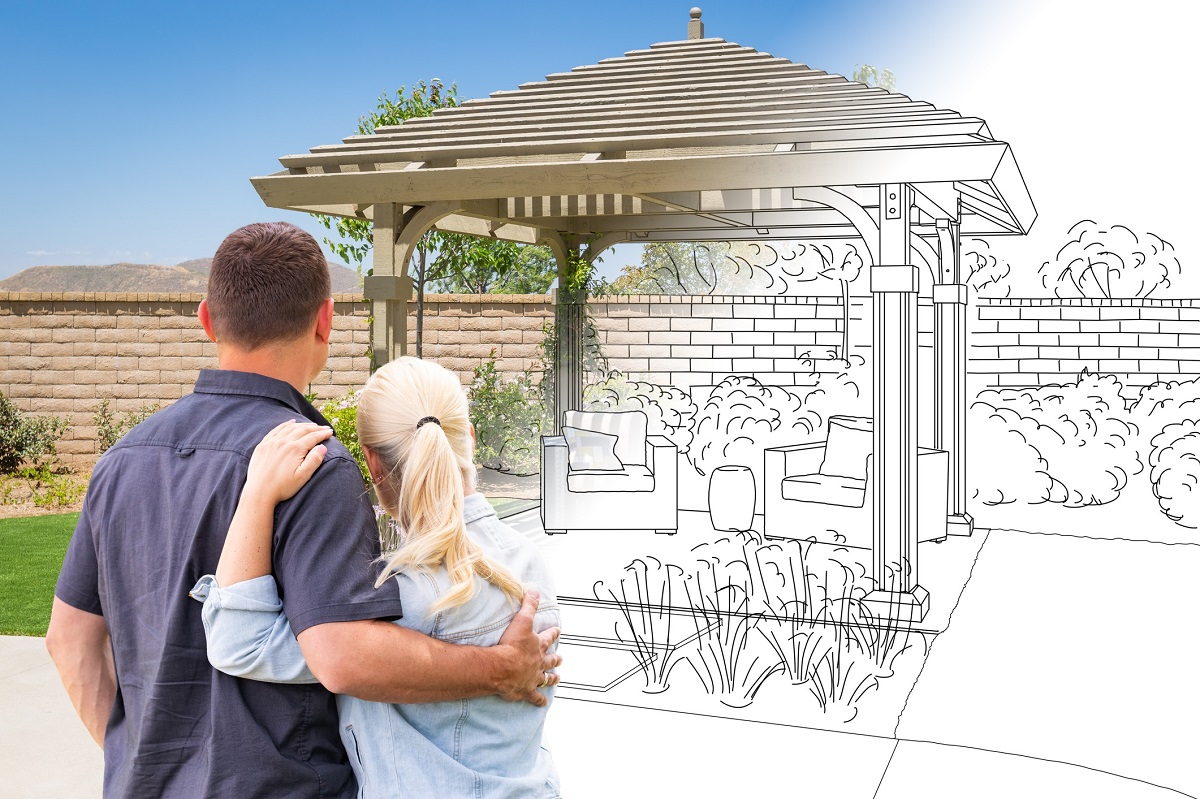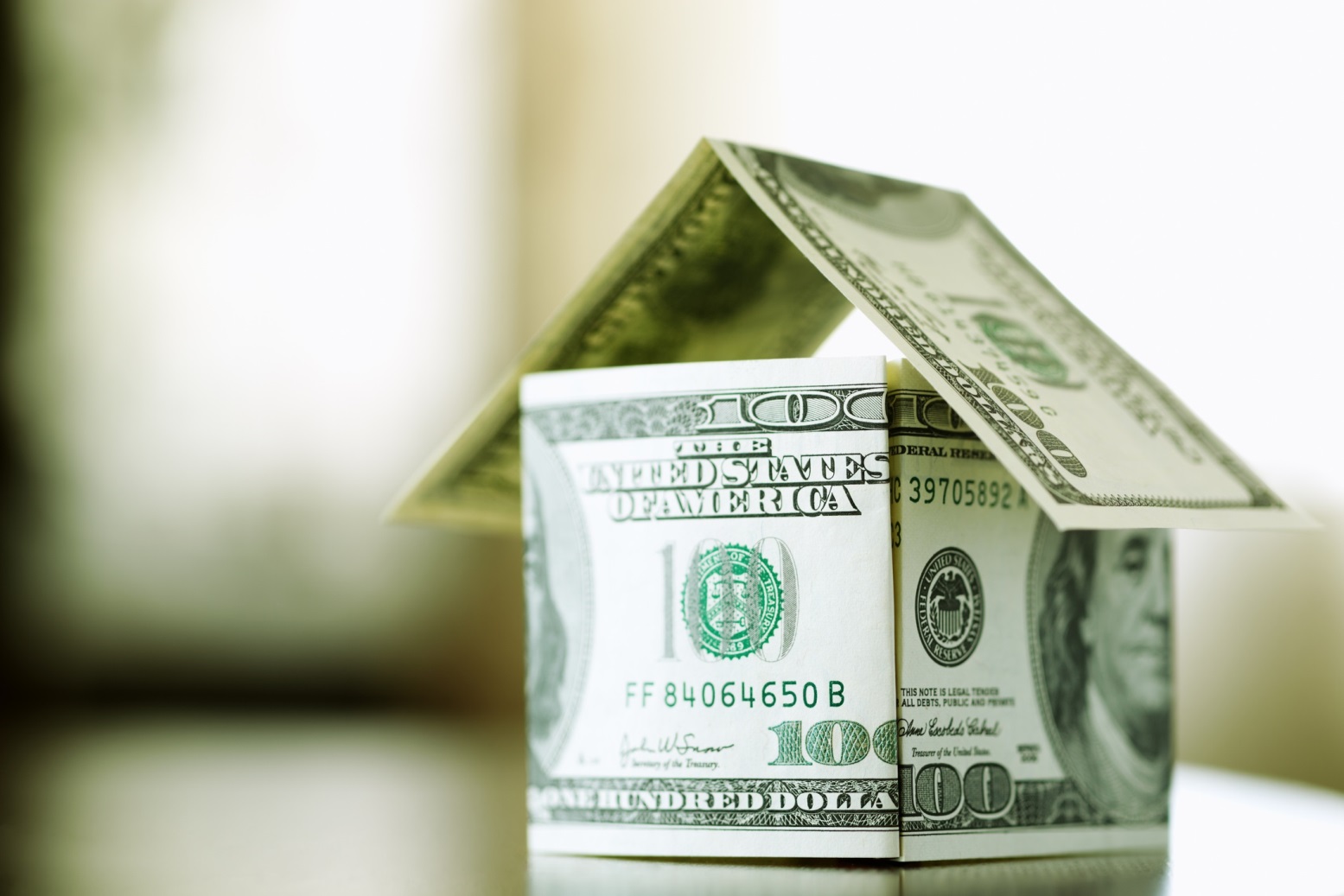If you have kept up with current events in any capacity over the past 12 months, you are sure to have heard the buzz about price increases for building materials. From lumber to plywood, we are seeing historically high prices on many materials used for construction. According to the National Association of Home Builders, lumber prices have risen over 300% last spring. The results of which have impacted residential and commercial building along with other projects that require lumber!

In an effort to bring our customers the most accurate information, most value for their intended project and transparency, Archadeck of West Central & Southwest Ohio has researched why prices are currently so high.
Prior to getting knee-deep in this article, it is probably a good idea to explain how the flow of material works. First, a tree is cut down and put into a truck headed for the mill to begin its journey to becoming a finished wood product. This includes lumber, plywood, OSB, etc. Once the wood is finished into a wood product at the mill, it is then sent out into the world to be sold at building supply centers and lumber yards.
There’s More To It Than Covid-19, or Rising Supply and Demand
Across much of the mainstream media, the high cost of building material pricing is being attributed to two factors, Covid-19 and supply and demand. Though these both play a huge role in the soaring costs, they are not the only factors influencing material costs. In order to learn the whole story, you have to dig pretty deep.

It is true the Covid-19 pandemic brought an onslaught of homeowners literally crawling out of the woodwork (no pun intended), to add or upgrade their existing homes. This was in part due to reluctance to list their home for sale during a pandemic in order to get the upgrades they wanted. The pandemic caused many that had planned to list their homes to rethink their plans. Instead, homeowners opted to stay in their current homes and carry out any upgrades or additional features they wanted rather than list, show and sell their home in lieu of the social distancing circumstances. And that’s not all, the pandemic also created a renewed interest in spending more time at home, with family and friends, rather than going out. This renewal sparked many to create a home that is more inviting with more functional space(s). We witnessed a surge in not only interior space upgrades, but outdoor living space remodels and builds as well. Clearly, the push for more building and need for supplies during Covid-19 was unexpected by the industry. Material shortages began as a result of supply and demand, which was a factor for an increase in costs.
Remember the Great Recession?
Another driving force is, believe it or not, is the housing market decline (or the Great Recession as some call it), which occured in 2007-2008. It is during this period that many lumber providers took a big hit. As a result, they streamlined their processes to minimize the impact of their losses and prevent future loss of revenue. Much of the industry has been on its heels since the Great Recession, and it slowed down production accordingly. Sawmill closures and production lines are not easy to reverse especially in fast forward, even if someone might have predicted things would pick up now. Production of lumber, and manpower on the manufacturing end was cut back, which has played another role in the lumber prices we are now seeing.

Less lumber being made, with less workers harvesting and cutting it combined with less new trees to keep up with demand means higher prices at checkout!
Tariffs on Canadian Softwood Lumber
Last but certainly not least on our list of reasons for higher lumber prices are the tariffs on softwood lumber coming out of Canada. The US and Canada are long-time trade partners in lumber and we have had to lean on our reliance with Canada to be able to satisfy the growing demand. However, there is currently no trade agreement in place and while the US reduced tariffs on Canadian softwood lumber imports to around 9% in December 2020, tariffs still add to the overall cost for builders.
When you factor in all the logistics that have led to building material price increases, the timing and circumstances that got us here are the result of what can be defined as a perfect storm. As many single elements combine to give us the current increased sticker prices for lumber. The question we are hearing now is “when are prices going to come down?”

As the world around us begins to normalize, material prices will start to decline. However, most economic experts predict that it will be some time before the cost of wood goes back down to pre-pandemic levels— and some say we might never see lumber prices that low again. Deciding to put off your remodeling plans waiting on a return of pre-covid prices may be like waiting on a ship that never sails, leaving you stranded on the shore!
Please feel free to contact your friends here at Archadeck of West Central & Southwest Ohio with any questions you have about moving ahead with your anticipated anticipated outdoor living space addition. We are here to help answer all your questions and concerns.

Tim Stephens, owner Archadeck of West Central & Southwest Ohio.